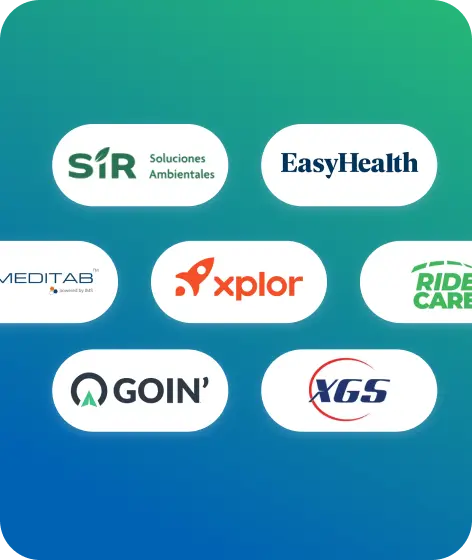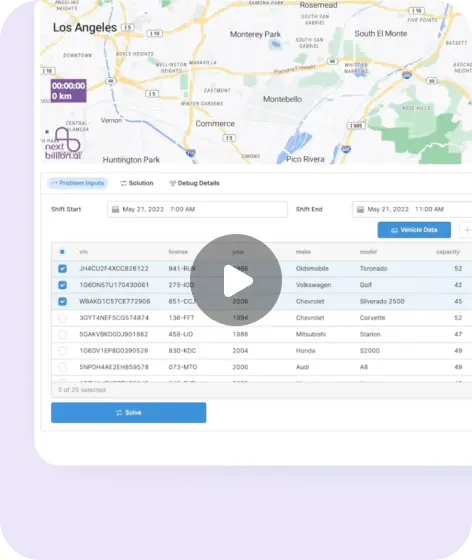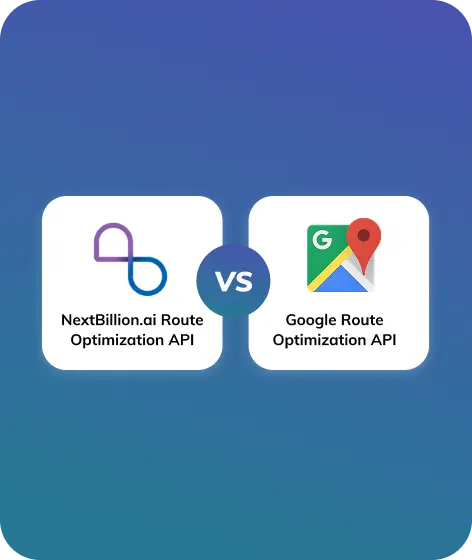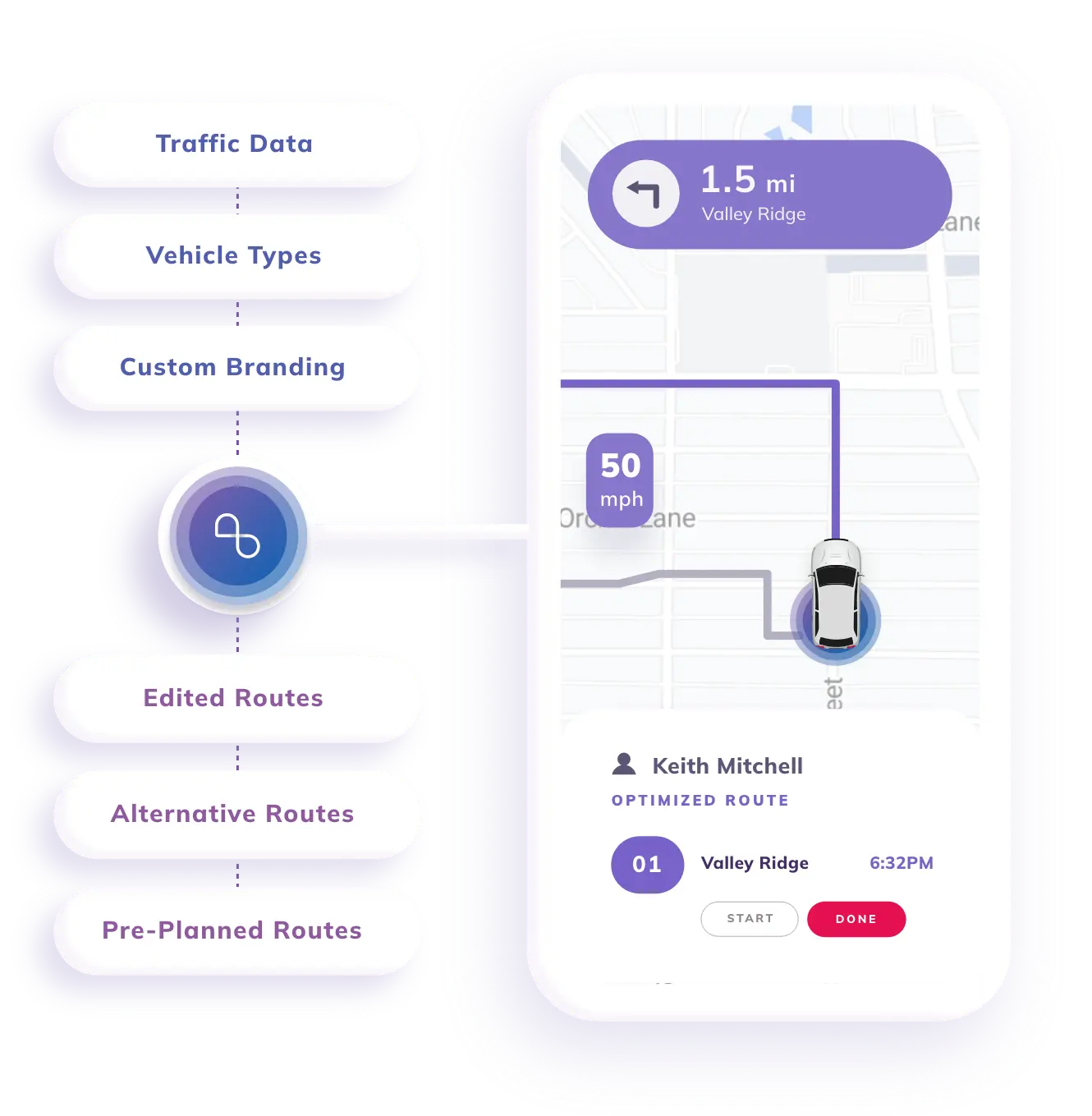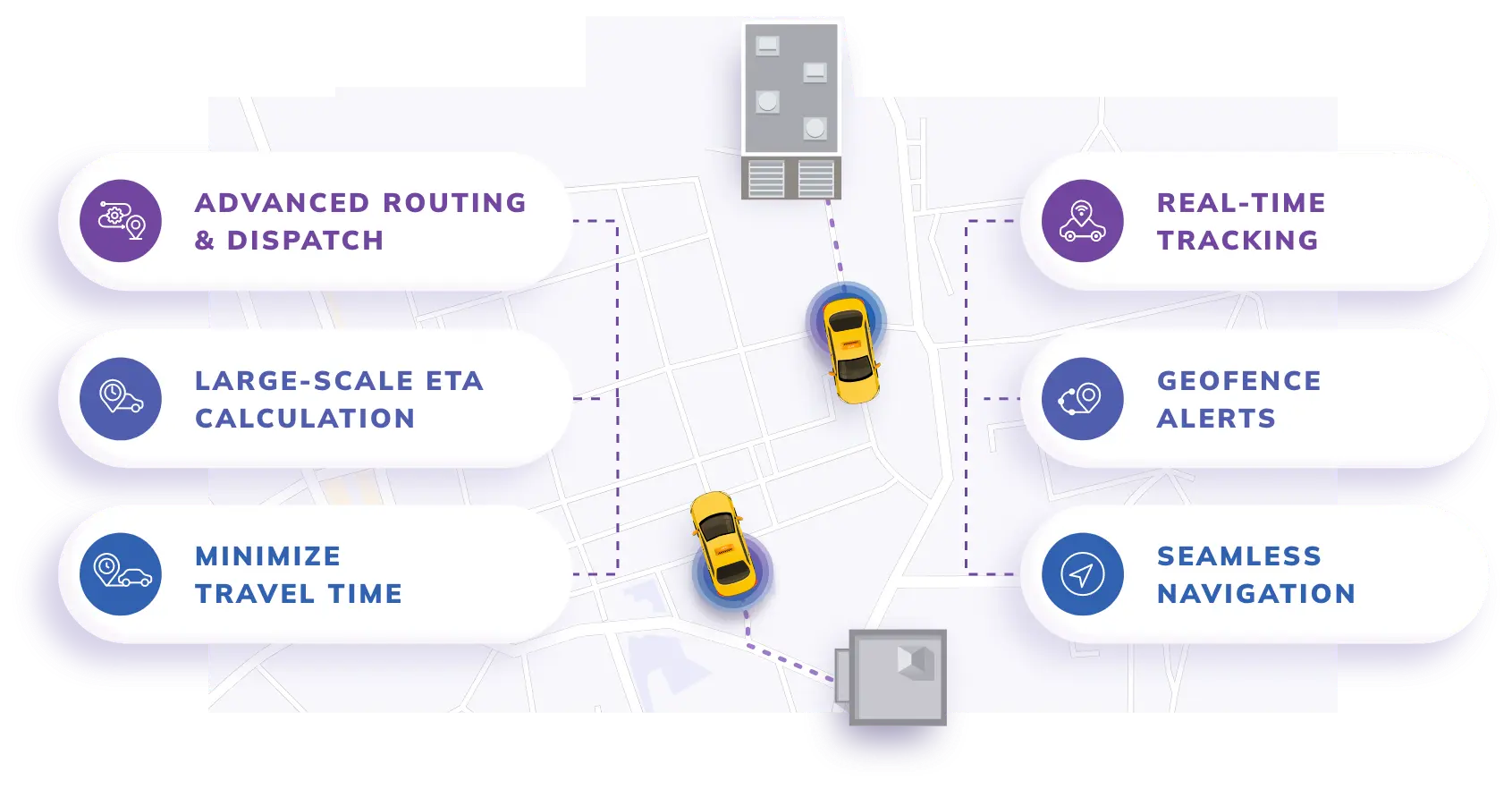
Table of Contents
If you’re running a box truck business startup, you must have a rock-solid plan to run it. However, that doesn’t mean you must plan things in a stack of papers and start working right away. You must have the current GPS and other tools and technologies to compete in the trucking industry. Most importantly, you must learn how to start and run your box truck business. This involves going through an extensive guide involving legal and financial logistics business setup, and other dispatching and daily operations.
Let’s delve deeper into these steps and help you plan your box truck business without any hassle.
Planning Your Box Truck Business
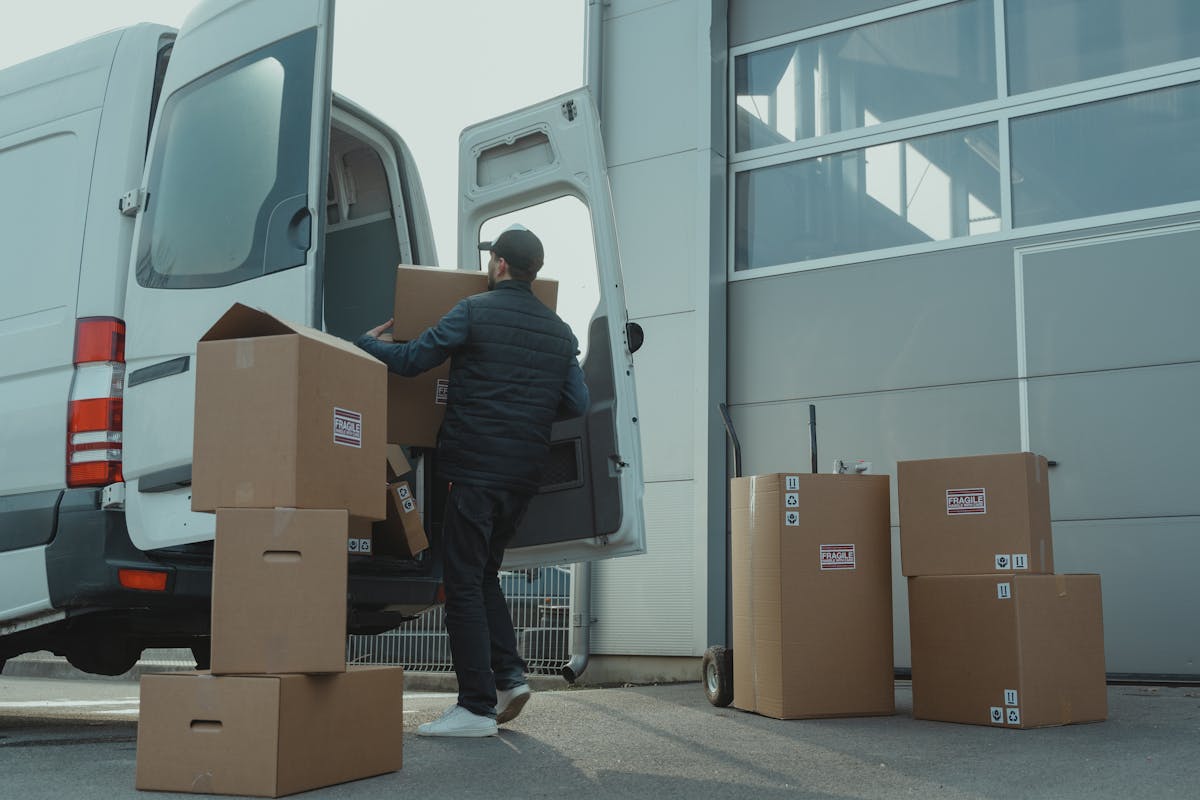
Did you know that driving a box truck does not require any commercial driving license (CDL)? Well, that makes things easier for you because you do not need to follow any specific procedures before proceeding with the business. Here are two relevant processes that you must accomplish positively to get started with box truck deliveries.
Business Model and Niche Selection
Start by selecting your box truck business startup model and the niche industry in which you will be working in eventually. We already know that box trucks serve various purposes, hence you must choose the right model that fits your business goals. Remember, your niche must also match your budget, location, and level of experience.
It is not just about picking what “sounds good.” You will need to evaluate market density in your area using tools like DAT Load Board or Google’s Merchant Center to check demand spikes. Also, cross-check regional regulations? some zones have weight restrictions or timing curfews for commercial vehicles. You do not want to pick a niche where your routes get restricted by zoning laws.
Here are some common box truck models that you may consider:
Last-Mile Delivery
In this type of business, the parcel is moved from a transportation hub to its final destination. Currently, last-mile deliveries are in high demand due to the explosion of e-commerce and online shopping experiences. For instance, several companies leverage Amazon Relay to offer consistent routes for delivery partners.
Do not forget, last-mile also comes with tech expectations. You will need a telematics-ready GPS system, a smartphone with driver app compatibility, and ELD-compliant logs if you cross certain mileage or state lines.
Moving Services
Commercial and residential moving is another profitable niche for those wanting to run box truck businesses. You will need more than just muscle, you need moving pads, ratchet straps, inventory checklists, and sometimes insurance that covers high-value residential goods. Some states also require a transportation license specifically for intrastate moving services.
Freight and Retail Delivery
Work with local retailers, furniture stores, and wholesalers to deliver inventory. This niche offers repeat business and can often be scheduled during business hours.
If you are getting into freight, make sure you get a Motor Carrier (MC) number and possibly a Freight Broker license if you plan to subcontract routes. Retail delivery also often requires integration with vendor POS systems for barcode scanning or delivery confirmation, so budget for handheld scanners or app subscriptions.
Creating a Box Truck Business Plan
You cannot start a box truck business startup unless it is registered per government regulations. Hence, start by creating a box truck business plan that involves all activities that must be accomplished before proceeding with the business. Start by registering the business name in your state.
Use state-level business portals to check for name availability and registration requirements. In some jurisdictions, a commercial trucking business will also need local transport permits or a Business Operating License (BOL) specific to logistics.
You may consider sole proprietorship if you are running the box truck business on your own. Conversely, choose an LLC or a corporation if you want to protect your personal assets and gain more revenue.
LLCs are particularly useful for freight operations because they separate personal liability from business insurance claims in case of damages or disputes. You can also write off fuel, maintenance, and even software subscriptions as tax deductions more easily.
Make sure to keep your personal finances separate from that of the box truck business. Consider opening a business checking account to manage your finances or get a business credit card.
Also, link your bank feed to accounting software so you can tag business expenses in real time. This is a lifesaver when calculating quarterly tax estimates or applying for equipment loans. Many fleet lenders will ask to see six months of clean transaction history before extending any credit line.
Legal and Financial Setup
Legal and financial setup are key components of your box truck business plan. They provide the most comprehensive overview of the financial aspects associated with your brand.
Now, let’s outline how to fund your business during the initial stages, including its projected revenue and expenses. This will also let you decide the timeline to reach profitability.
Registering the Business and Forming an LLC
As mentioned earlier, you must register the business in your state of residence to ensure the government allows you to proceed with your operations. Experts usually recommend forming an LLC for a box truck business because this allows you to protect your personal assets.
The steps for legal registration of your box truck business are:
- Find your state’s registration office for businesses from different niches. Some states, like Texas or California, have layered compliance checks, so do not assume one form does it all. You might need to register separately with the Secretary of State, state tax authority, and sometimes the Department of Transportation, each with its own portal and deadline format.
- File for an employer identification number (EIN), which acts as your federal ID while running the business. This is more than a tax ID, as it is required for opening a business bank account, hiring employees, applying for fleet insurance, and even signing up for load boards like DAT or TruckStop. Make sure your business name is exactly the same across every document or your applications may get stuck in verification loops.
- Conduct preliminary research on the Small Business Association (SBA) of the United States before proceeding with the final registration.
Their loan eligibility and micro-grant tools can give you a jump-start on funding, but many people skip the checklist portion. The SBA also has route-specific financial models for logistics businesses, helpful if you want to project P&L margins for contract-based hauls vs spot loads. - Sign up for a DOT and MC number with the Federal Motor Carrier Safety Administration (FMCSA) by paying $300 as a one-time fee to get your authority.
This part trips a lot of people. You do not just apply once and roll out. After submitting, you are subject to a 21-day vetting period, and then a BOC-3 form needs to be filed with a process agent, someone legally allowed to accept papers on your behalf in every state you operate. Plus, you must get a commercial auto.
Understanding Licenses and Insurance
You must know and understand the legal licensing requirements for box truck businesses to obtain the right commercial vehicle insurance type before operations. Let’s start by understanding the CDL vs. non-CDL requirements as showcased in the table below:
Category | Non-CDL Box Truck Business | CDL Box Truck Business |
Truck Size | Up to 26,000 lbs GVWR | Over 26,000 lbs GVWR |
License Required | Standard Driver’s License | Commercial Driver’s License (CDL) |
Use Case | Local deliveries, last-mile, small moves | Heavy freight, long-haul deliveries |
Startup Cost (Lower) | Lower, with fewer regulatory requirements | Higher, with CDL training, testing, and compliance |
Driver Qualification | Easier to hire | Requires only certified CDL drivers |
Flexibility | Suitable for beginners and short distances | Needed for scaling, larger contracts, long distances |
Business Opportunities | Limited to lighter loads and local clients | Access to high-paying loads and broader markets |
Medical Examination | Not required | Required for CDL licensing |
Regulatory Oversight | Less intensive | Subject to stricter FMCSA regulations |
Now, let’s look at the different types of insurances you need if you want to enter the trucking industry.
- Liability Insurance: It protects the financial interests of various companies and business owners if they face formal lawsuits or any third-party claims.
- Cargo Insurance: It protects all the goods transported from loss, theft, or damage covering multiple transportation modes, such as sea, air, rail, or road.
Vehicle Insurance: It encircles the damages associated with all kinds of personal and commercial vehicles.
Acquiring and Equipping Your Truck
Off-roading and rugged adventures can be tough on your vehicle, specifically box trucks. Hence, equipping it with the right gear is mandatory for your success. You do not have to go much overboard when acquiring or equipping your truck. That’s because you will be ready to tackle all kinds of unpredictable conditions and tough terrain to keep your vehicle in top shape with a few smart upgrades.
Buying vs Leasing a Box Truck
Factors such as truck configurations, operation type, organizational preferences, routes, seasonality, and financial considerations can influence your decision as a fleet operator or business owner to lease or buy box trucks. There are various pros and cons to both buying and leasing approaches.
Here is a list of the pros and cons of new, used, leased vehicles based on startup capital.
Pros of Leasing:
- Leasing needs lower upfront costs compared to purchasing, which often frees up capital for various business investments. Leasing companies also cover multiple maintenance and repairs, which reduces the burden of unexpected costs.
- Leasing further allows businesses to update their fleet regularly with the latest models to ensure access to up-to-date technology and more fuel-efficient vehicles.
- Many commercial leasing agreements also include built-in telematics and compliance bundles, meaning your ELD, GPS tracking, and DVIR inspections are already configured and included in the monthly lease, which saves time on onboarding new units.
Cons of Leasing:
- Leasing can be more expensive over time than owning. You will be bound by the lease contract’s terms, such as mileage limits and other penalties for excessive wear and tear. Also, it doesn’t count as an asset on your balance sheet since you don’t own the truck technically.
- On top of that, some leases are structured as “closed-end,” meaning there is no option to purchase or apply depreciation benefits. You are essentially paying a premium to rent predictability, but without building any long-term capital value in the truck itself.
Pros of Owning:
- A truck’s ownership gives you complete control over its usage without worrying about any kind of mileage restrictions or other wear-and-tear penalties. The total cost of ownership can also be lower than leasing in the long run. It means you can easily sell the truck at any time, and the same vehicle eventually counts as an asset for your business.
- You can also claim depreciation benefits under IRS Section 179 or bonus depreciation depending on your jurisdiction and accounting method, something that can be used strategically to offset high-earning years or reinvest into fleet upgrades.
Cons of Owning:
- Ownership has higher upfront costs and the responsibility for all repairs and other maintenance requirements. Repair costs can also escalate, and the box truck’s performance might decline as the truck ages with time. This means the vehicle becomes cost-prohibitive to upgrade your fleet regularly.
- Another con to consider, if your operation moves into zero-emission zones or changes weight classifications, your older box truck might not be eligible for future compliance programs or grants. That means retrofitting or offloading early, both of which cost time and cash.
Equipping Your Truck for Operations
There is a variety of equipment that you can easily leverage in the trucking industry. This helps you ensure a safe and efficient transport of all kinds of goods and services. The following list of equipment can be the perfect fit for your trucking business:
- GPS: A unique satellite-based radio navigation system that can easily measure distances from satellites to a receiver. Modern GPS units also integrate with dispatch software to offer live ETA adjustments, driver behaviour metrics, and geofence-triggered alerts when entering restricted zones or high-risk locations.
- Straps: They help secure cargo transport to ensure your load stays in place, not overshooting the Working Load Limit (WLL). You can now get digital load monitoring straps with embedded tension sensors that feed back live weight distribution metrics, especially helpful when hauling fragile, uneven, or mixed cargo loads.
- Dolly: A mechanical vehicle that attaches itself to a truck or trailer easily. Depending on your freight profile, air-assisted dollies with suspension systems can reduce load shift during braking and improve hand-push efficiency at docks, particularly in tight delivery environments.
- Ramp: An inclined platform that helps load or unload vehicles, equipment, or other items onto or off truck beds. Look for telescoping ramps with anti-slip surfacing and hydraulic-assist lift options. These improve safety margins, especially when offloading heavy equipment in wet conditions or on variable terrain.
ELD Device: An electronic logging device within commercial trucking that helps keep HOS records to be maintained by drivers and fleet operators.
High-end ELDs now sync with fuel cards, maintenance schedules, and driver scoring tools. They do not just track hours, they give your fleet manager data to reduce idle time, schedule PMs, and avoid compliance violations before they become fines.
Dispatching and Daily Operations
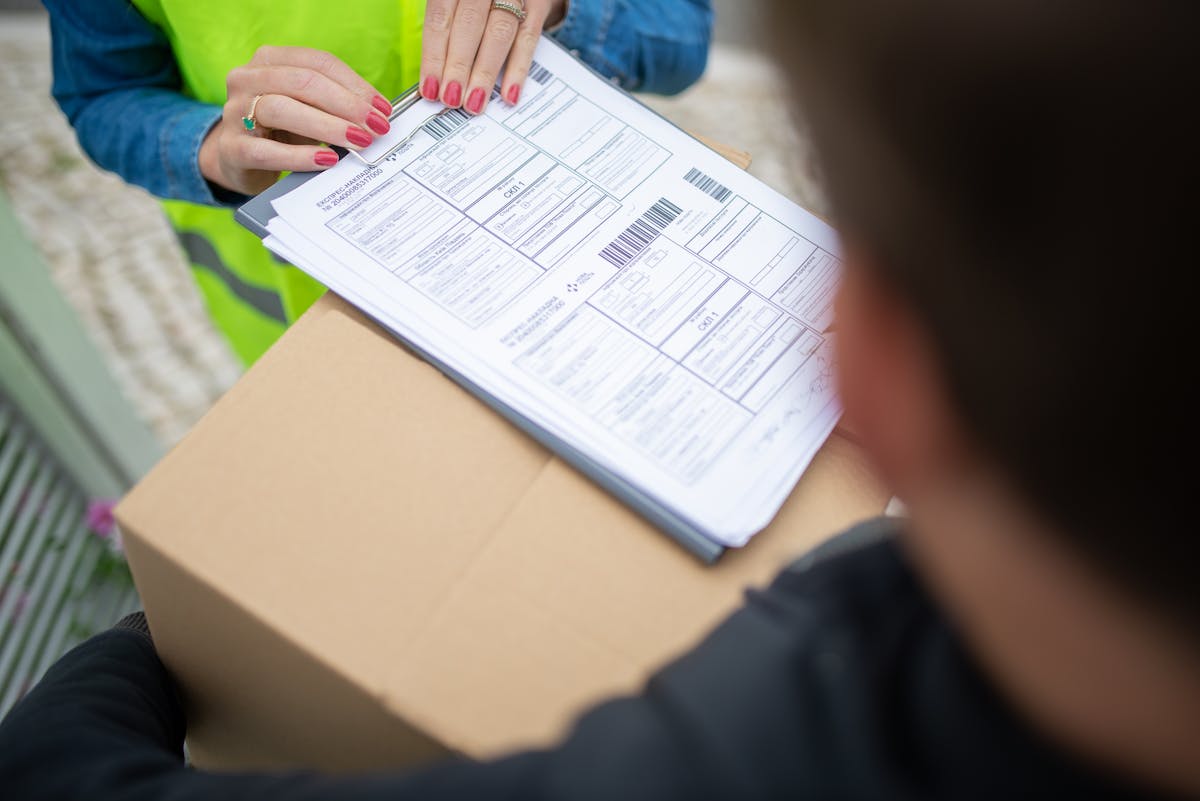
Truck dispatchers receive and dispatch various orders which also involves coordinating pickups and deliveries. These professionals help maintain accurate records of schedules, shipments, and regulatory compliance. Box truck dispatching also involves communicating key information to drivers and managers such as delivery routes and other special instructions.
Good dispatchers are not just message relayers, in fact, they are live scenario managers. Most solid systems today sync dispatcher dashboards with ELDs (Electronic Logging Devices), which means you’re not just guessing when a driver can legally run, you’re working with exact hours-of-service data in real time. Add in multi-stop planning features and delivery priority flags, and the dispatcher is not just assigning jobs, they are building live route logic that adapts to what’s happening minute by minute.
Finding Loads and Clients
Self-dispatching allows direct involvement in load selection and negotiation processes. This, in turn, gives owner operators more control over their respective box truck business startup operations. Effective business strategies such as load planning and leveraging load boards can also improve efficiency in this context.
The most savvy owner-operators now automate part of this process by using load board aggregators that scrape multiple platforms in real time and sort loads based on criteria like deadhead miles, pickup time buffer, and preferred lanes. Some even feed this data into predictive rate calculators that cross-reference past loads, so you know the actual market rate, not just what the broker says. That means less underbidding, fewer empty miles, and faster decision-making.
As an owner, you must also consider individual business needs and preferences when evaluating the best approach. Each truck operator has unique circumstances and priorities based on specific business requirements. You can determine the most cost-effective and flexible approach by analyzing your workload, cost sensitivities, and desired level of control.
Managing Routing and Deliveries
Actively using GPS and checking news updates in real-time can help drivers identify the shortest trip distance and take the most efficient routes. This, in turn, reduces fuel consumption, and helps you plan deliveries accordingly. It means you can save both time and fuel by avoiding traffic congestion and minimizing unnecessary detours.
Some platforms now integrate live weather feeds, toll tracking, and bridge clearance data right into the routing engine. So you are not just planning shortest-path routes, you are planning viable paths for your specific vehicle weight, axle count, and height profile. In tight urban areas, that level of detail is the only thing standing between you and a $400 fine or a roadside delay.
Here is a list of additional tips to plan efficient routes and reduce fuel or time costs in trucking operations:
- Identify time-sensitive deliveries and make sure to complete them before any other normal delivery.
- Utilize advanced route planning software to analyze multiple factors, such as delivery time windows, traffic patterns, and vehicle capacity.
- Make sure to consider current and forecasted traffic and road conditions when planning your upcoming routes.
- Ensure real-time monitoring with route planning software that empowers you with the ability to adjust routes on the fly.
- And if your system supports it, use geofenced check-ins and auto-triggered ETA updates. These features reduce the “Where’s my truck?” calls, free up dispatcher time, and help customers feel more confident without anyone needing to micromanage. It is all about building trust in motion.
Leveraging Technology for Box Truck Operations
If you’re running a box truck business, you must leverage the most advanced tools and technologies to make it a success. They help you scale your business operations efficiently and also ensure that your trucks reach their destinations on time.
Here are some box truck owner operator tips to use the most efficient technologies:
Route Optimization Tools
Route optimization are different software types that analyze multiple variables to generate optimal routes. These tools can quickly measure the distance between job sites and the estimated time for a service appointment. They can also check the availability of resources needed for a particular job at hand.
Nextbillion.ai and Onfleet are two of the most popular route optimization tools that have helped businesses run operations smoothly over the years. The former is a more popular option because it helps generate delivery and field service routes to reduce daily operational costs. This way, the software helps your business boost customer efficiency without incurring additional expenses. Nextbillion.ai provides intuitive guidance to track and complete your trucking routes efficiently.
What sets Nextbillion.ai apart is how deeply it understands multi-stop event logistics. You can customize geofencing for drop zones, set conditional routing logic, like “skip Hall C after 6 PM unless clearance is granted”, and even stack route parameters like vehicle height, loading gear type, and preferred entry gates into the same delivery model. And their SDK? It lets your own ops dashboard talk directly to the route engine, so you are not toggling tabs to adjust things. One update, and the field knows. That kind of backend flexibility becomes non-negotiable once your show goes live and the margin for error vanishes.
Fleet Management and Tracking Software
Fleet management and tracking software provides you with access to the right data in a format that is easier for everyone to understand. Most of these software are cloud-based which enables them to provide the information you need as a decision-maker to succeed in your box truck business. They allow you to optimize all ride hailing dispatch and routing requirements for customer satisfaction.
The most common functionalities of a fleet management software are:
- Locating vehicles through GPS tracking capabilities
- Monitoring driver behavior
- Measuring performance
- Managing and reducing fuel costs
- Scheduling vehicle or equipment maintenance
- Managing jobs beginning from assignment to completion
- Simplifying compliance by maintaining driver logs
- Real-time monitoring of data
Scaling Your Box Truck Business
You’ve finally registered your box trucking business off the ground as an owner. This means you will start receiving orders from new clients and deliver shipments consistently. The process allows you to take your business to the next level.
However, you must also develop a growth strategy to scale your box trucking business. Competition is high in the shipping and logistics industry, which requires you to innovate more to expand your operations. Here are some top proven strategies every fleet owner should follow to grow their trucking business.
Hiring Additional Drivers
Once your business starts showing profit, you must be ready to hire more people to handle the operations smoothly. This involves hiring additional drivers who can drive the trucks and ensure timely deliveries. However, make sure to follow this rule keeping in mind that you should not lose any margin when hiring more people.
Consider running through your finances to ensure you are stable enough to manage a few more trucks and employ more people.
Adding More Vehicles
Purchase or lease additional trucks that align with your transportation needs to expand your fleet eventually. The cargo type you carry should guide your decision regarding investments in specialized vehicles or versatile ones that can handle multiple loads.
Currently, you must consider leveraging trucks equipped with the latest features like GPS tracking systems to improve route efficiency and speed up deliveries. This also allows you to reduce fuel consumption and improve driver safety. These systems can easily provide valuable data for business optimization.
Key Takeaways for Box Truck Startup Success
You must explore new demographics and niches in the market to scale your trucking business successfully. This involves targeting traditional industries like retail and manufacturing, while you expand to other modern sectors that open up new opportunities to grow your business. You must also look for some proven strategies for sustainable operations of your business without losing a penny.
On that note, here are some key takeaways to keep in mind to ensure the success of your box truck business:
Have a Clear Financial Plan
You must have a clear understanding of your current assets and spending patterns to scale up your trucking business successfully. This financial analysis will help you identify areas where improvements can be made and also highlights opportunities for cost savings.
You must have a clear financial plan before starting a box truck company. You can easily start by examining your fleet of trucks to check their age, condition, and efficiency. This helps you determine whether it’s a cost-effective option to invest in more fuel-efficient trucks or continue using the older ones. Do not forget to consider the long-term impact on maintenance costs, fuel consumption, and overall reliability.
Next, you must also review your financial statements to understand your revenue streams, cash flow, and expenses. Break down your spending into fixed costs and variable costs to understand the maintenance. Identify areas where you can minimize your expenses without compromising the service quality or safety.
Focus on Reliable Operations
Currently, the trucking industry is moving away from all kinds of manual processes and towards digital tools. If you aren’t already leveraging any technology or tool to make your operations reliable, now is the time to start. The right technology allows you to automate many of the repetitive tasks that are part of your day-to-day trucking management.
Make sure that you invest in a reliable transportation management software (TMS), route optimization API, or a fleet management software that allows you to stay on top of your shipments. These software types make it quick and easy to generate quotes, send invoices, process orders, and communicate with clients. They also make it easier for you to dispatch loads to drivers and track shipments en route.
Use Technology Early
The trucking and logistics industries are changing drastically with time, and to succeed, your business will need to transform itself with them. The best way to do this is to use technology early which allows you to adapt to changes faster than your competitors.
Most businesses wait for the disruption to arrive before they move. It is a big mistake. You need to treat real-time routing, compliance dashboards, and telematics alerts as operational infrastructure, not innovation projects. If your competitor sees a detour 10 minutes before you do, they are already winning the delivery window.
Also, make sure to keep a close eye on all the trucking regulations for the specific regions you usually operate in. These regulations may change depending on which authority is currently controlling the regulatory bodies for transportation. If you get to know that the trucking regulations are likely to change soon, prepare yourself as fast as possible to make it easy to adapt.
Some advanced platforms now sync directly with regional DOT APIs, sending proactive alerts about axle weight rules, green zone timings, or even city-specific idling bans. You can embed those into your route engine, so the moment a regulation flips, like overnight curfews in business districts during event weekends, your routes auto-correct, no human needed. That is not future tech. That is real, and your dispatch team should already be using it.
Conclusion
Many box truck owner-operators get so focused on driving and sending deliveries that they don’t have time to work on managing and expanding the business. The best thing to do is minimize your driving as an owner so that you get some more time to focus on running the business. As mentioned in this guide, invest your finances in efficient, high-quality route optimization or fleet management software to make your tasks easier and boost customer satisfaction. Want to learn more about leveraging these latest routing software for your trucking operations? Visit Nextbillion.ai and seek expert assistance now.
FAQs
You only need a standard driver’s license to start your box truck business without a CDL. In some cases, you may also need to obtain additional permits and registration depending on the state you operate in and the types of goods to be transported across regions.
The amount of money you need to start a box truck company depends on various factors. This includes the number of vehicles you want to run or purchase, licenses and permits, registration charges, and fuel and maintenance. Hence, the box truck startup cost varies depending on your business plan, financial conditions, and other additional factors discussed above.
Yes, you can run a box truck business completely alone. However, having a dispatcher by your side can make things easier because this person helps you find freight for carriers by connecting directly with shippers and brokers.
About Author
Bhavisha Bhatia
Bhavisha Bhatia is a Computer Science graduate with a passion for writing technical blogs that make complex technical concepts engaging and easy to understand. She is intrigued by the technological developments shaping the course of the world and the beautiful nature around us.

